Most underwater photographers who are passionate about their hobby want to win a competition once in a lifetime, because your work gets recognized and is appreciated by others. But bigger competitions with larger the prizes for the first places are the harder to win, because more and more people are participating. It’s not enough, unfortunately, to have an image that is perfectly exposed and technically correct. A photo that wins a competition needs to have the extra “Wow!” factor that blasts you away in the first second you see the image. But how can an image like this be created?
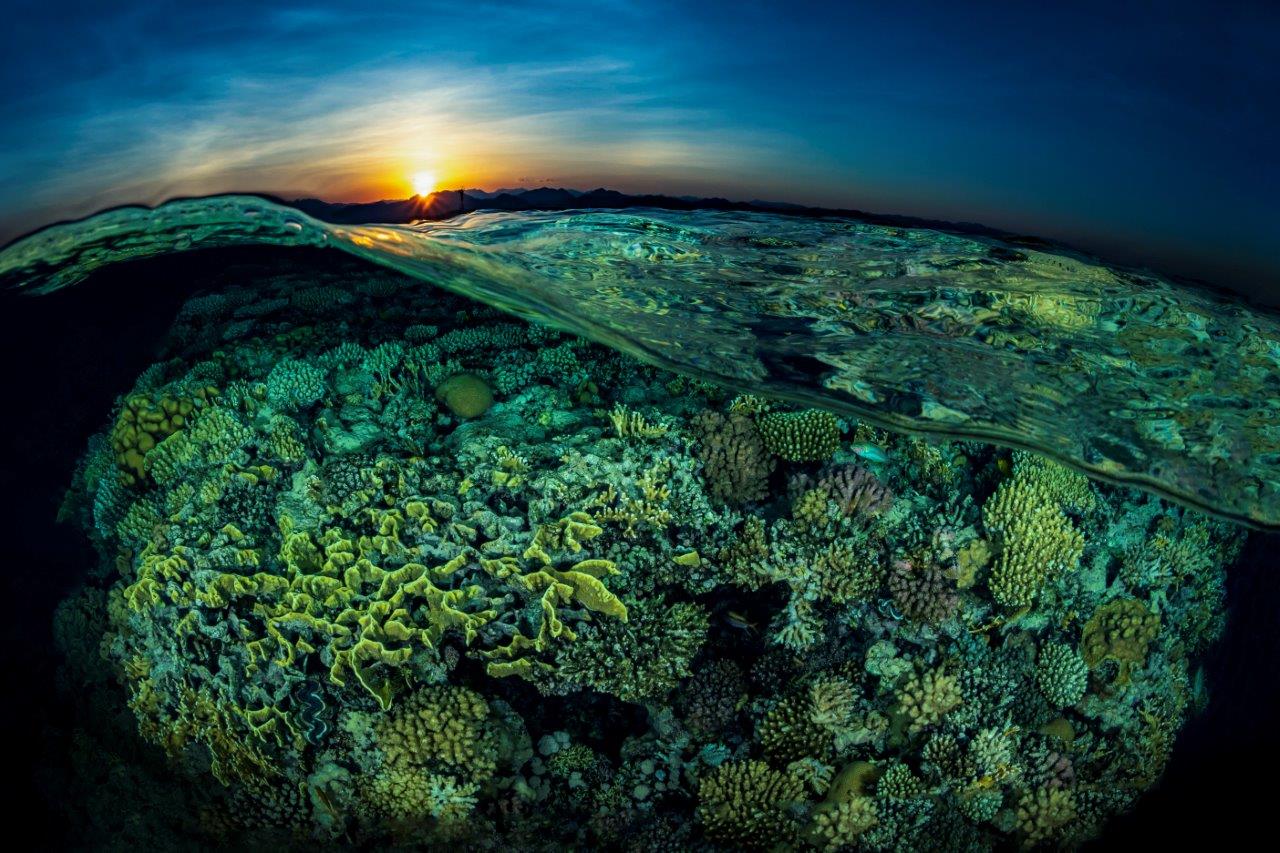
Split level shot at Gorden Reef, Strait of Tiran, Egypt
I started to take underwater images with a DSLR in 2007 and won prizes in some smaller competitions but the big ones didn’t even consider my images in the finals. Nevertheless, my motivation to get better images was born, so I participated in a photo workshop with a professional underwater photographer to learn to get more skills. I heard of the Red Sea contests in Eilat. That year they also set up a competition in Cyprus and I spontaneously booked at trip and joined my first live photo contest. After three days of shooting the wreck of the Zenobia near Larnaca I was very happy to come back with the 2nd place in the amateur category. In the same year I also participated the Eilat Red Sea Shootout, but didn’t win anything in the main competition. With the little bit of knowledge of the area gained and a new idea, I came back one year later and won three categories. But what did I change?
Get a Good Concept
The first thing you need to get is an idea of the picture that you want to shoot. Some pictures that win a competition are lucky shots that had been taken by the chance, but because you can’t control the nature, it’s better to come up with your own idea. You can’t influence the nature or the animals, but you can influence where and when you want to dive. Ask yourself if there is a secret dive spot that know body knows about and that you heard about? Maybe you have seen a documentary about a spectacular aggregation of whales in an isolated spot of the world that would make a brilliant shot, or it could also be just around the corner of your own hometown. Competition-winning pictures can happen anywhere. As long as the result is stunning, that’s all that matters.
A good thing to get a feeling for good pictures is to browse through underwater competition pages and to observe the winning pictures in detail. The more you see, the more you will get a feeling for distinguishing a good picture from a perfect one. Think about the techniques used. All of that helps to create your own material. You develop an intuition and apply it into your own images whilst shooting.
A good thing to get a feeling for good pictures is to browse through underwater competition pages and to observe the winning pictures in detail. The more you see, the more you will get a feeling for distinguishing a good picture from a perfect one. Think about the techniques used. All of that helps to create your own material. You develop an intuition and apply it into your own images whilst shooting.
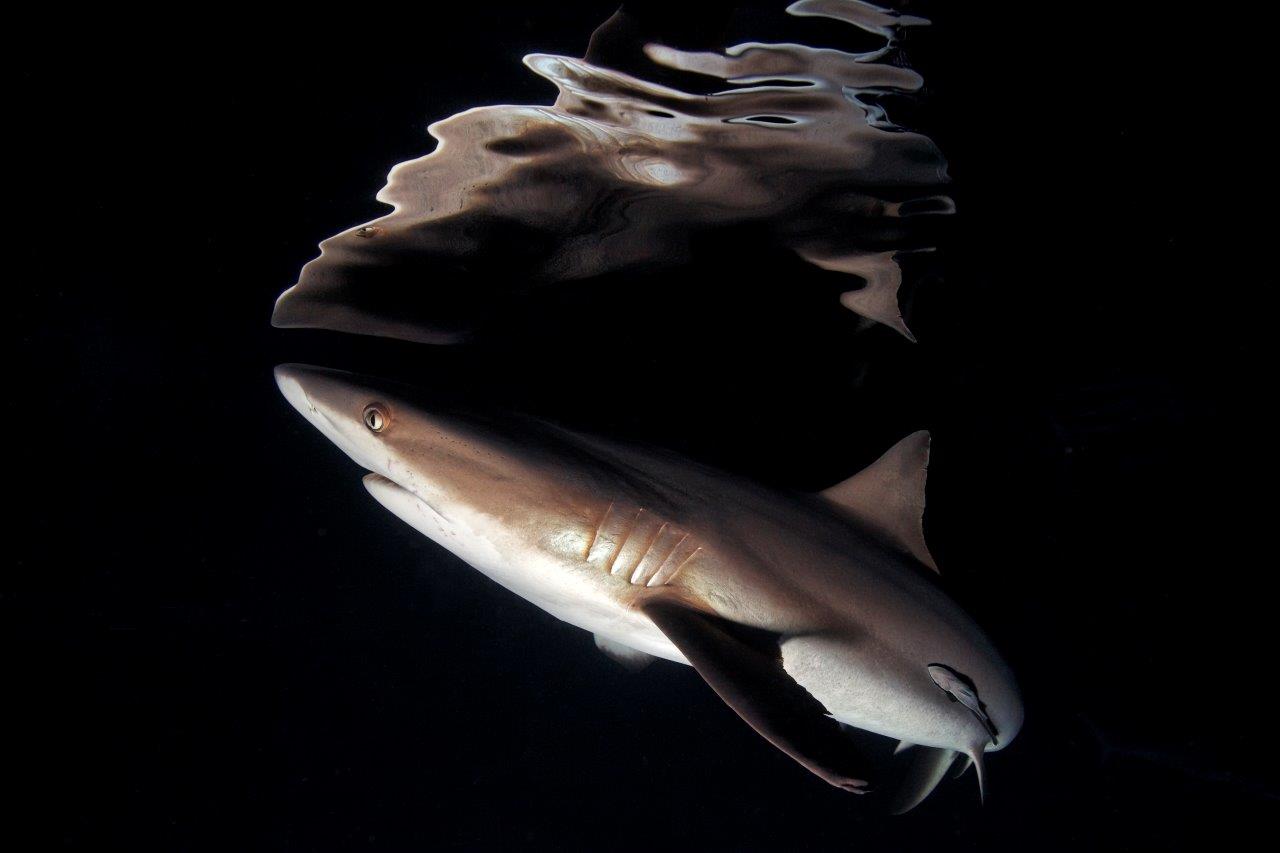
Grey Reef Shark hunting on the surface at night, Papua New Guinea
Being unsuccessful drives you to do better. It’s painful and disappointing after lots of hard work to discover none of your pictures won anything, but after some time this feeling disappears and makes you motivated to get better images the next time. It can be an obsession, the drive to win a competition, and you continue getting better, and constantly looking for new ideas.
The key to success is to stay hungry and be perfectionistic. Even if you think you have a good picture, it can always be improved. The immediacy of images from digital cameras is gives us a huge opportunity: You can watch and analyze the images just right after you have taken them. You can’t control the animal subject, but you can push your luck and stay longer. The more time you spent in the water, the better are the chances to get a superior image. Thinking ahead of time is crucial for an improved photo, especially for a photo competition.
Selecting the Right Image
The selection of the right image to enter is also a key factor. But how can you find the right images?
Finding a competition-winner is easy. You will see it right in the first place when you look at the display on your camera or when you browse through the pictures. You know it, when you feel ,“Wow! That’s a great image!” If you are not sure about it, it’s always a good thing to ask others. People who don’t know you so well as immediate friends, will give you a more honest answer. Professional photographers who teach underwater photography in workshops are mostly open and friendly and will give a proper feedback on a specific image.

Lionfish, Winning Image Eilat, Israel
You will also increase you chances of winning a competition if you enter your images only to one category rather than multiple categories, so that the judges don’t find it too familiar during the judging process.
If you want to win a competition you should ask yourself what the jury probably wants to see. Have a look at the previous competitions and the winning photos and notice what the judges preferred. What images do they probably expect? Don’t be tempted to enter an image of a similar subject that won the previous year, even if you think it’s better.
Avoid special techniques that were a trend in the past years. It’s better to create something by your own. If you have an idea to create something new, something nobody’s seen before, you will be going in the right direction.
.jpg)
Black Hairy Frogfish, Winning Image Lembeh Strait, Indonesia
Respect the Environment
The most important thing in underwater competitions is the respect for the nature. As an underwater photographer you need to get super close to the animals and the reef and sometimes accidents happen. Every underwater photographer has touched or kicked a coral by mistake at some time. But there is absolutely no excuse if animals or reefs are damaged on purpose, just to get a better image and there is no good reason to excuse this attitude only for an image. Animals should not be harassed or manipulated for the sake of a photo nor should such pictures be entered in competitions.

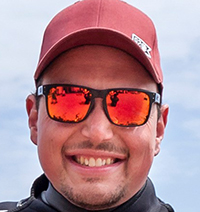
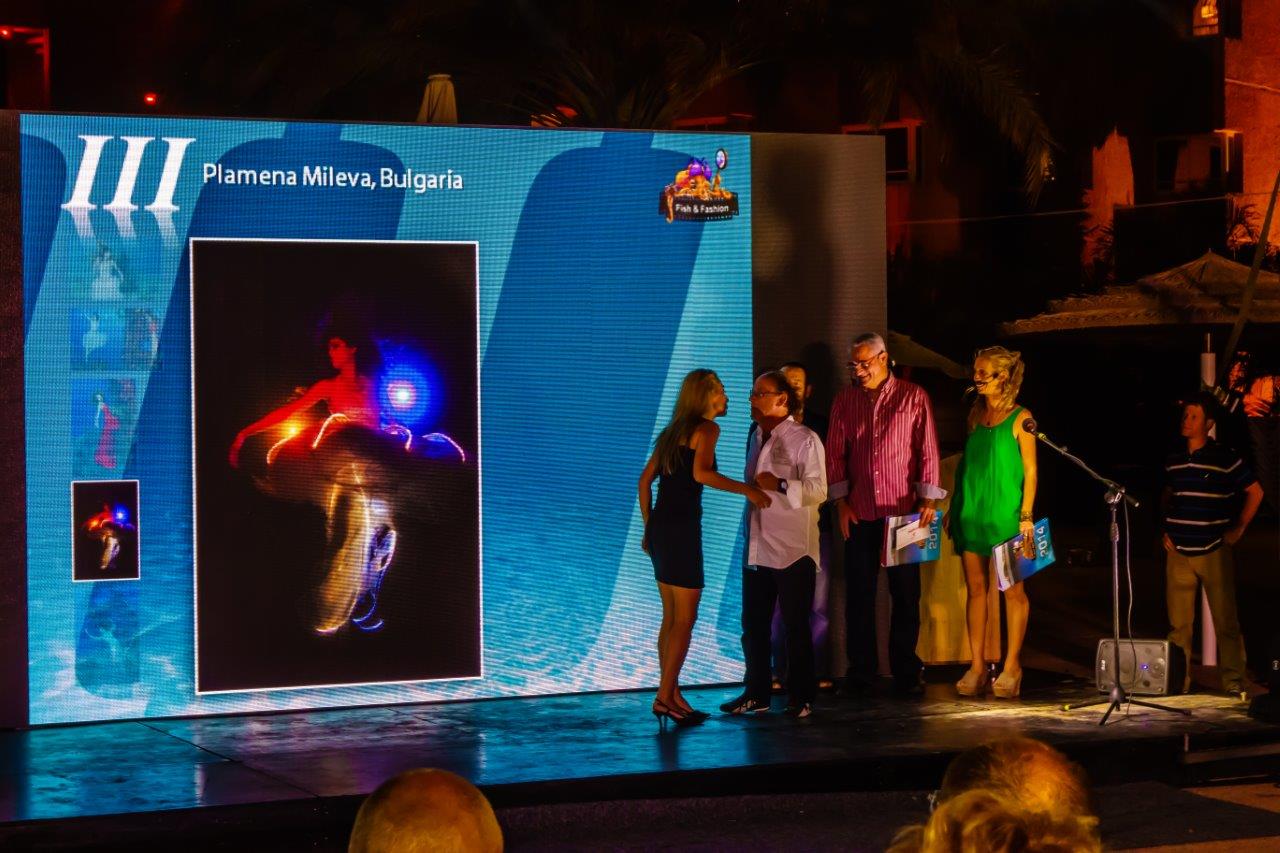

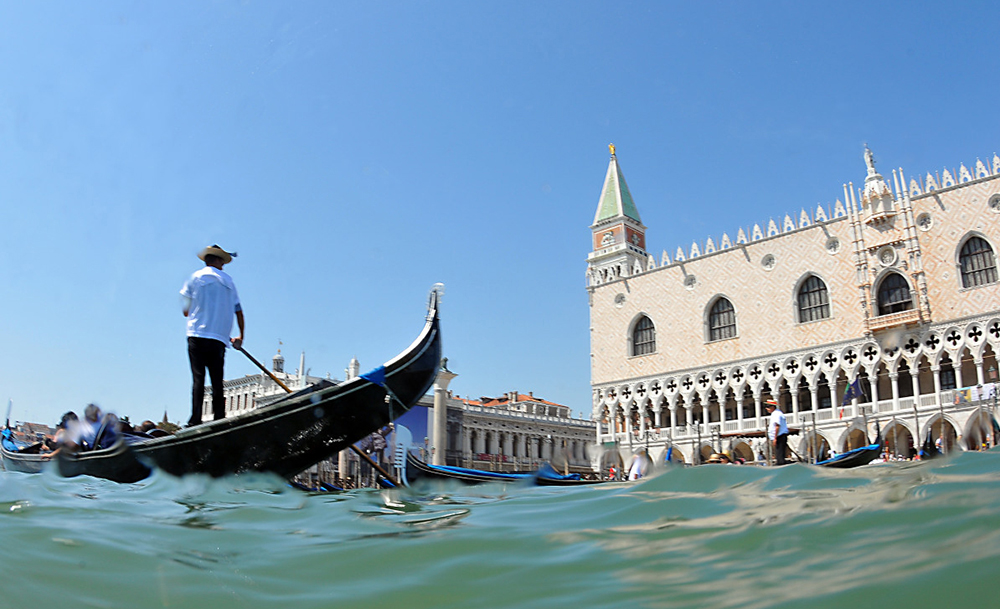
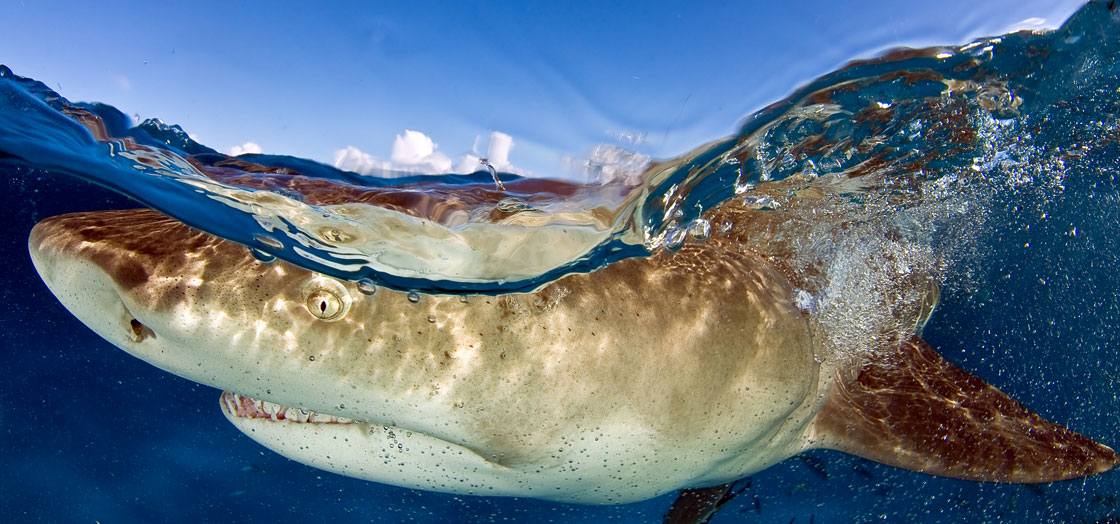
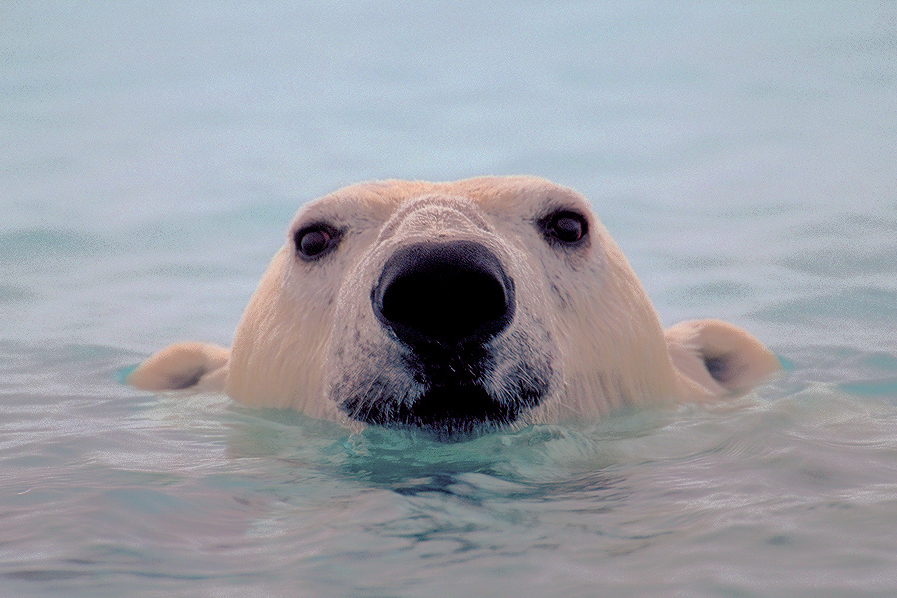
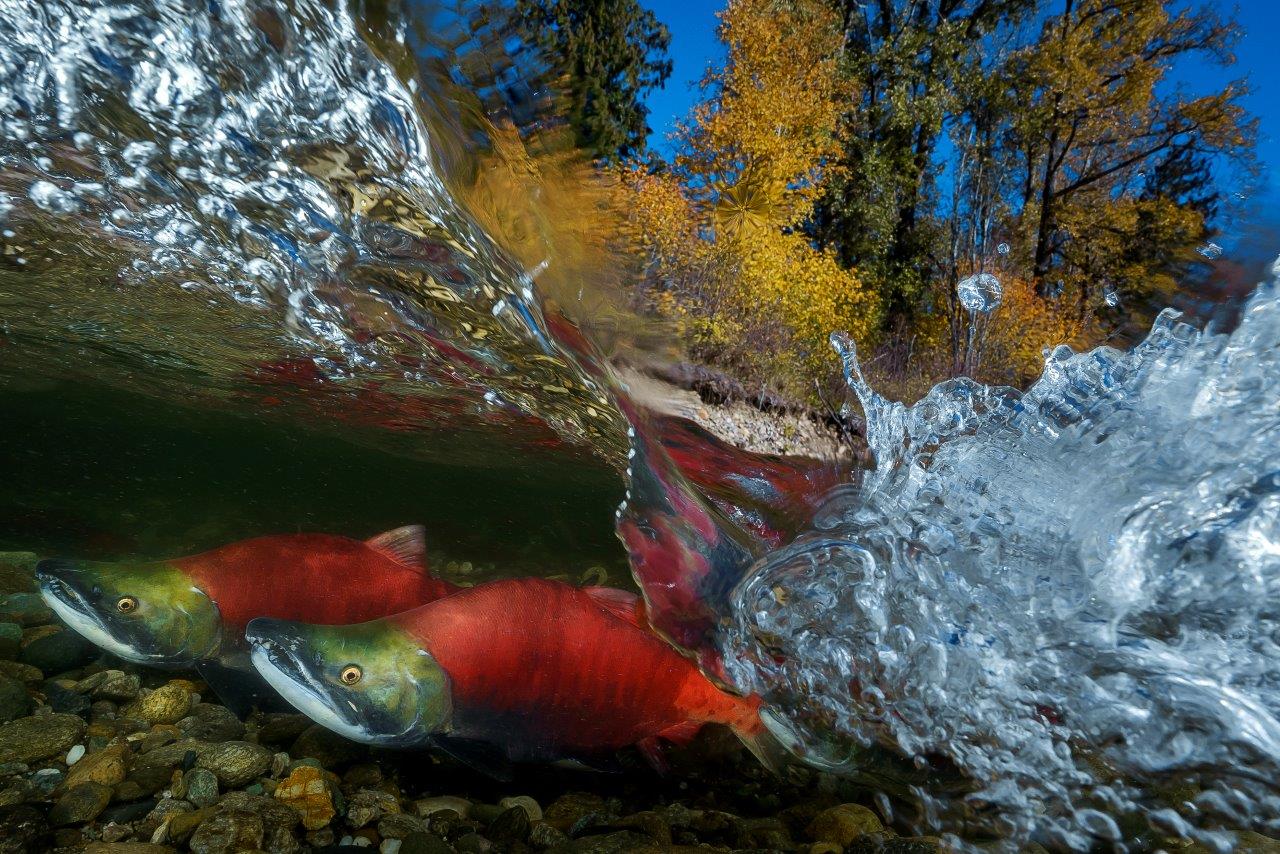

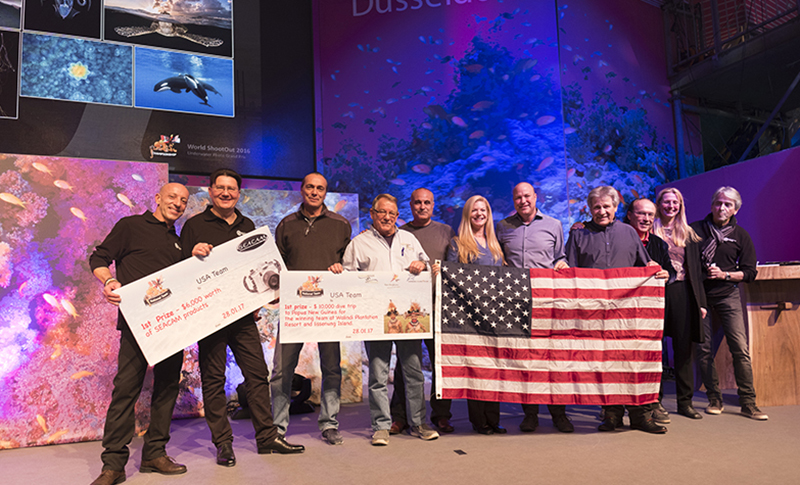

.jpg)
